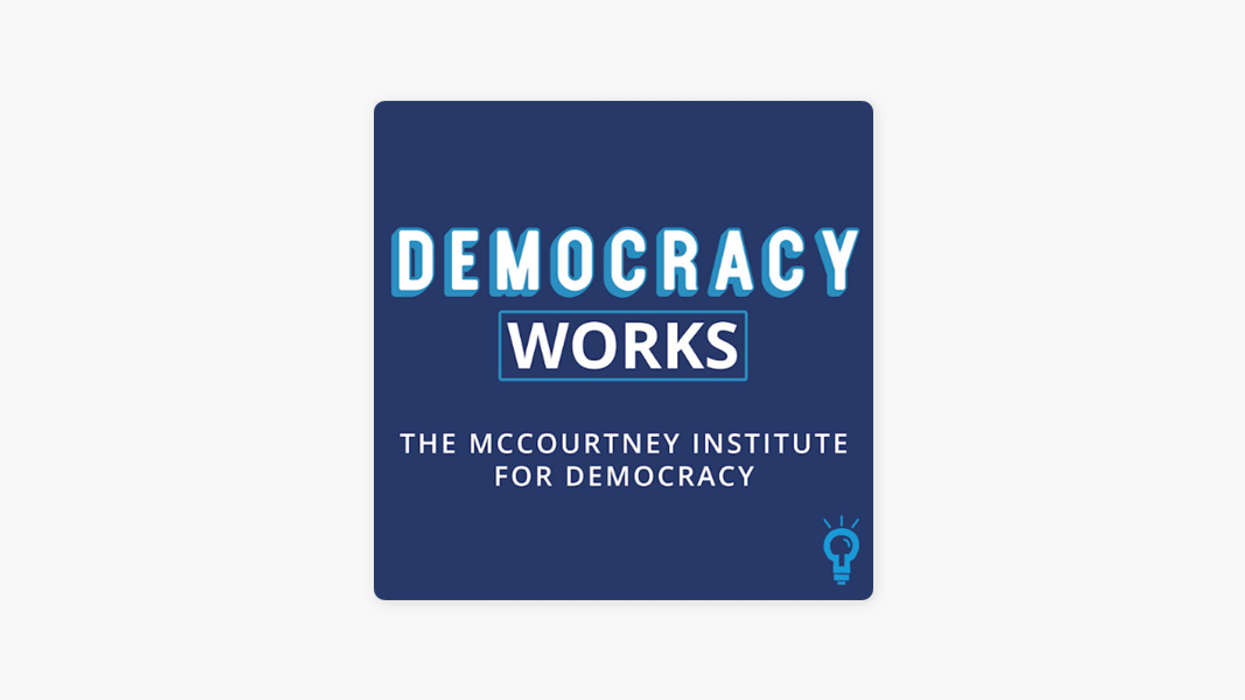Was the war in Ukraine inevitable? What is Vladimir Putin trying to achieve? What does the conflict say about Ukraine as a democracy? Those are just a few of the questions Michael Berkman explores this week with Donna Bahry, professor emerita of political science at Penn State and an expert in Soviet and post-Soviet politics and democratization.
Podcast: Russia & Ukraine how we got here




















